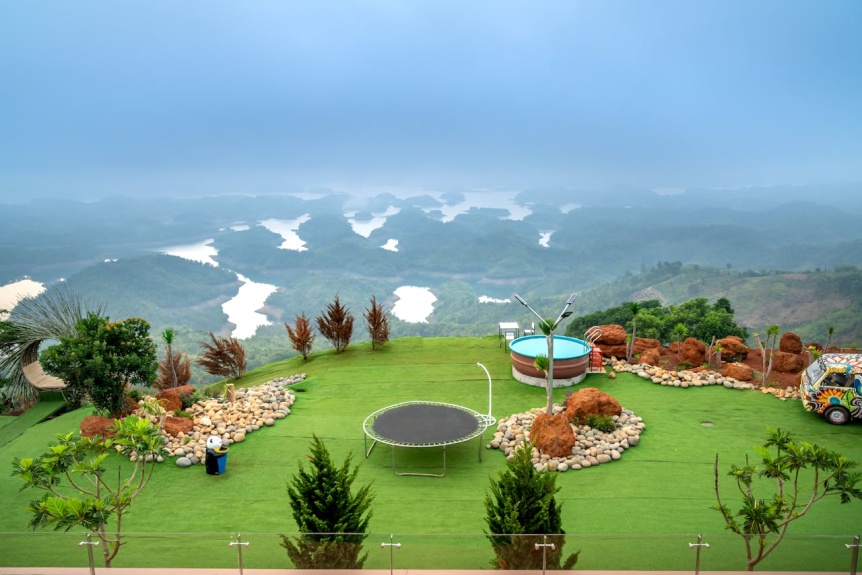Artificial grass has recently gained significant popularity. Its appeal lies in the promise of a perfectly manicured lawn that requires minimal maintenance.
As more homeowners and businesses embrace the idea of a hassle-free lawn, questions arise about its environmental impact. Is artificial grass good, or does it pose hidden ecological threats? This blog explores this question by examining artificial grass’s environmental benefits and drawbacks from multiple perspectives.
Is Artificial Grass Good for the Environment?
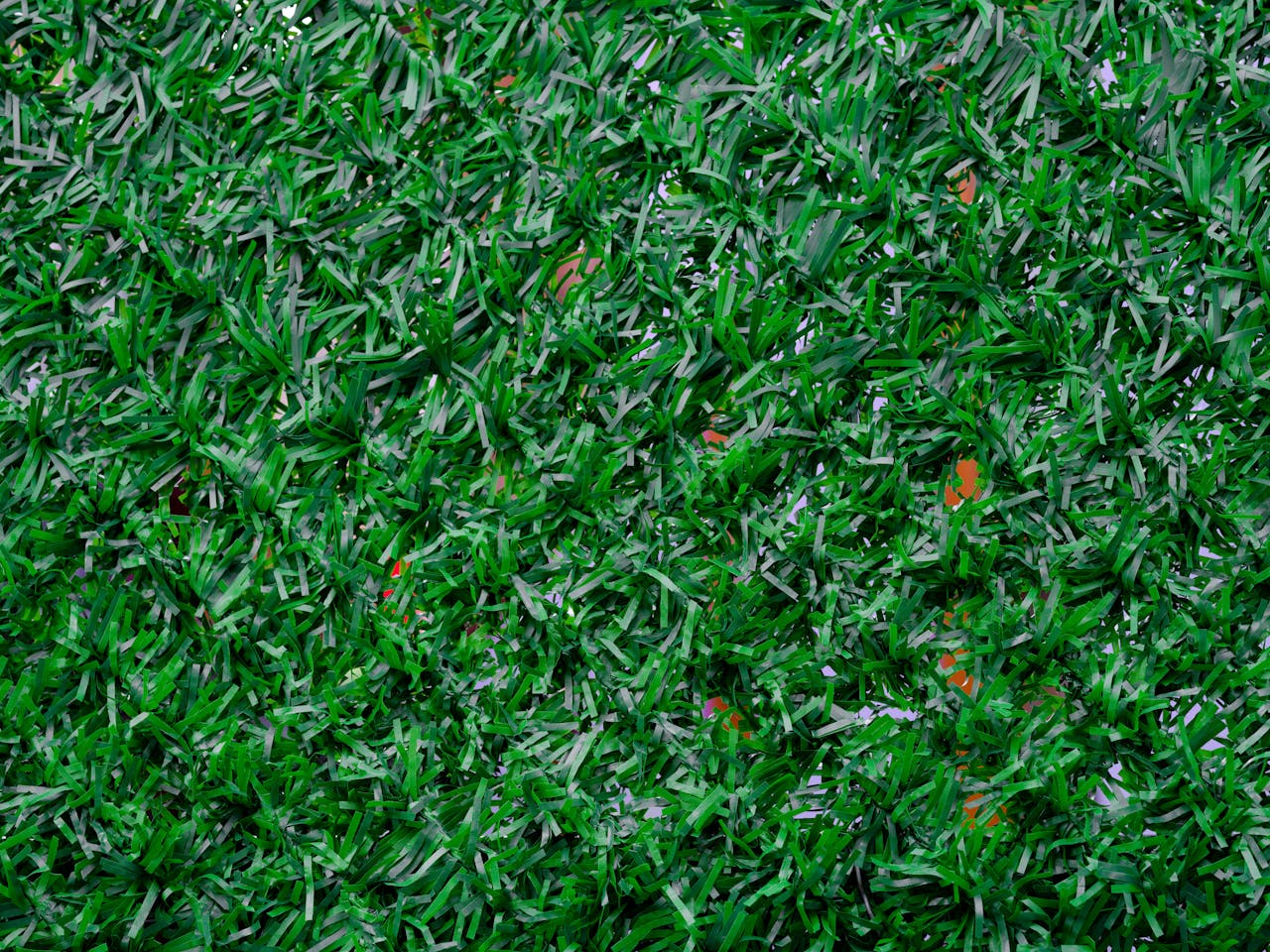
The debate on whether artificial grass is good for the environment is multifaceted. Supporters highlight its benefits regarding water conservation and reduced need for pesticides. Opponents, however, point to the energy-intensive production process and the heat island effect it can create.
Energy Use
Artificial grass is made from petroleum-based plastics, requiring significant energy resources. The manufacturing process includes extracting petroleum, refining it, and converting it into synthetic fibres, which can generate a substantial carbon footprint.
In contrast, natural grass sequesters carbon dioxide, a quality absent in synthetic turf. While artificial grass can save energy on lawn equipment, its initial production is energy-intensive.
Water Conservation
A key argument in favour of artificial grass is its water-saving potential. In drought-prone regions where water restrictions make traditional lawns impractical, synthetic turf provides a green alternative that requires no watering.
This benefit significantly reduces many homeowners’ water usage and utility bills, especially in arid climates. However, the extent to which artificial grass is good for the environment remains in question, as synthetic turf still requires occasional rinsing to remove dust and debris.
Maintenance
Artificial grass reduces the need for lawn maintenance activities like mowing, fertilising, and weed control. This not only saves time but also cuts down on the use of chemical fertilisers and pesticides, which can pollute waterways and harm local ecosystems. Additionally, by eliminating the need for gasoline-powered mowers and other lawn equipment, synthetic turf can contribute to reduced air pollution.
However, it is essential to note that artificial grass has a limited lifespan, typically 8 to 15 years, after which it needs replacing. This creates the potential for environmental waste, as used turf often ends up in landfills.
Pros and Cons of Artificial Grass
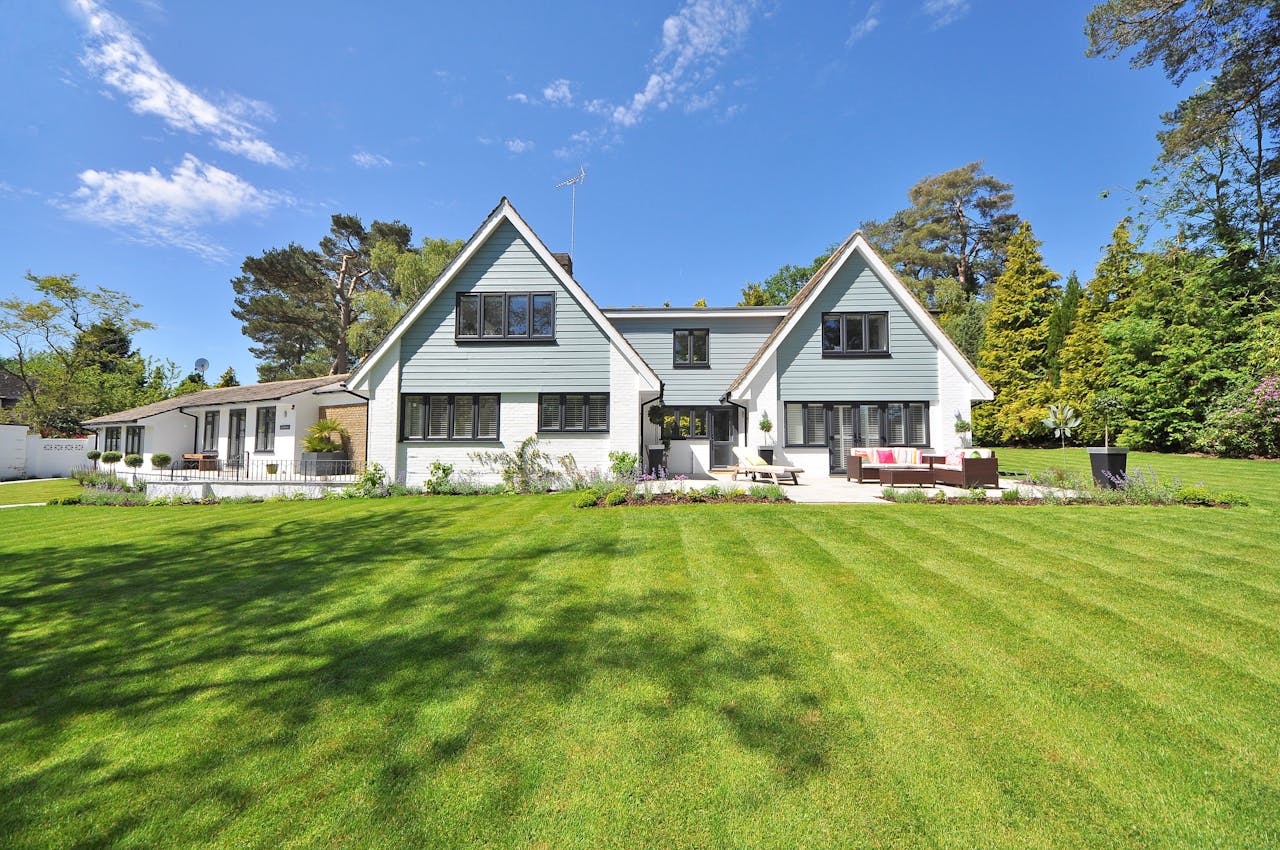
As we explore whether synthetic grass is good, weighing its environmental benefits against its potential drawbacks is essential, focusing on crucial questions such as whether artificial grass is good for the environment.
|
Pros of Artificial Grass |
Cons of Artificial Grass |
| Reduced Water Usage | Heat Absorption |
| Synthetic grass does not require watering, significantly reducing water usage, which is especially beneficial in drought-prone areas. | Artificial grass absorbs and radiates heat, leading to higher surface temperatures than natural grass. |
|
No Need for Pesticides or Fertilisers |
Potential Toxicity |
| Unlike natural lawns, artificial grass does not require chemical treatments like pesticides and fertilisers, reducing runoff pollution. | Some types of synthetic grass contain chemicals or metals, which can leach out and potentially harm the environment. |
|
Minimal Maintenance |
Non-Biodegradable |
| Artificial turf does not need mowing, weeding, or re-seeding, which reduces the labour and resources typically used in lawn care. | Most artificial grass is made from plastic materials, which are not biodegradable and contribute to landfill waste at the end of their lifecycle. |
|
Allergy Reduction |
Replacement Costs |
| People with grass pollen allergies may benefit from synthetic grass as it does not produce pollen. | While synthetic grass has low maintenance costs, it does require eventual replacement, which can be costly. It involves the disposal of the old material, which is essential when considering how good artificial grass is. |
While artificial grass offers significant environmental advantages, such as reduced water use and decreased chemical runoff, it also presents challenges like increased heat and potential ecological toxicity. These factors make it crucial for homeowners and planners to carefully consider their needs and environmental priorities when deciding whether synthetic grass suits their landscapes.
Is Artificial Grass Good for Specific Use Cases and Concerns?
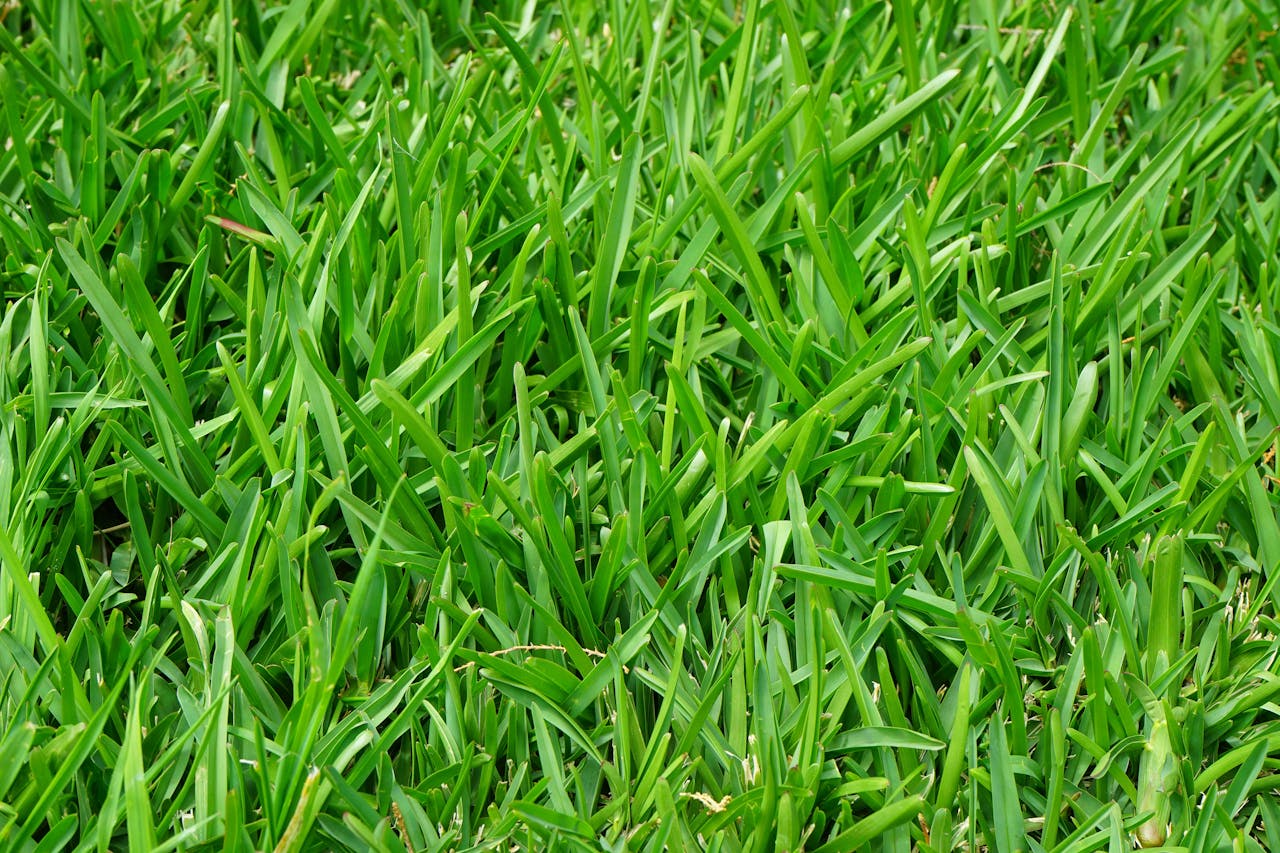
Is Artificial Grass Good for Balcony Use?
One specific use case is whether artificial grass is good for balcony installations. In urban environments with limited outdoor spaces, synthetic grass can offer a quick and aesthetic way to transform balconies into inviting, green areas. The lightweight nature of artificial grass allows for easy installation on balconies without adding excessive weight, unlike heavy planters or decking.
It requires minimal maintenance, ideal for apartment dwellers who need more resources or time for extensive upkeep. However, considering the unique conditions of balconies, it is crucial to ensure proper drainage to prevent water accumulation and mould growth beneath the grass.
Pros and Cons of Artificial Grass with Dogs
Assessing whether artificial grass is good for dogs involves looking at the pros and cons of artificial grass with dogs in mind. The main advantages include the durability of synthetic turf, which can withstand heavy use from active dogs. Unlike natural grass, synthetic turf doesn’t develop muddy patches, providing a cleaner play environment for pets. It is also easy to clean, with many artificial grass products being permeable, allowing pet urine to drain quickly.
However, there are some considerations to keep in mind. Artificial grass can heat up significantly in direct sunlight, potentially making it uncomfortable for dogs. Furthermore, some dogs may be inclined to chew or dig through the artificial grass, which could lead to damage and necessitate repairs.
Is Artificial Grass Good for Children’s Play Area Use?
Parents often wonder if artificial grass is good for children’s play area installations. The benefits include a consistently even and cushioned surface that reduces the risk of trips and falls. It does not harbour pests like insects or weeds, making it safer for children. Additionally, it remains green and lush throughout the year, offering an ideal playground surface without the typical muddy or bare spots found in natural grass.
However, parents should consider that artificial grass can heat up in warm weather, posing a potential risk of burns for children. Furthermore, ensuring that the synthetic grass meets safety standards for playground use is essential, particularly regarding its shock-absorbing properties.
How Much Is Good Artificial Grass?
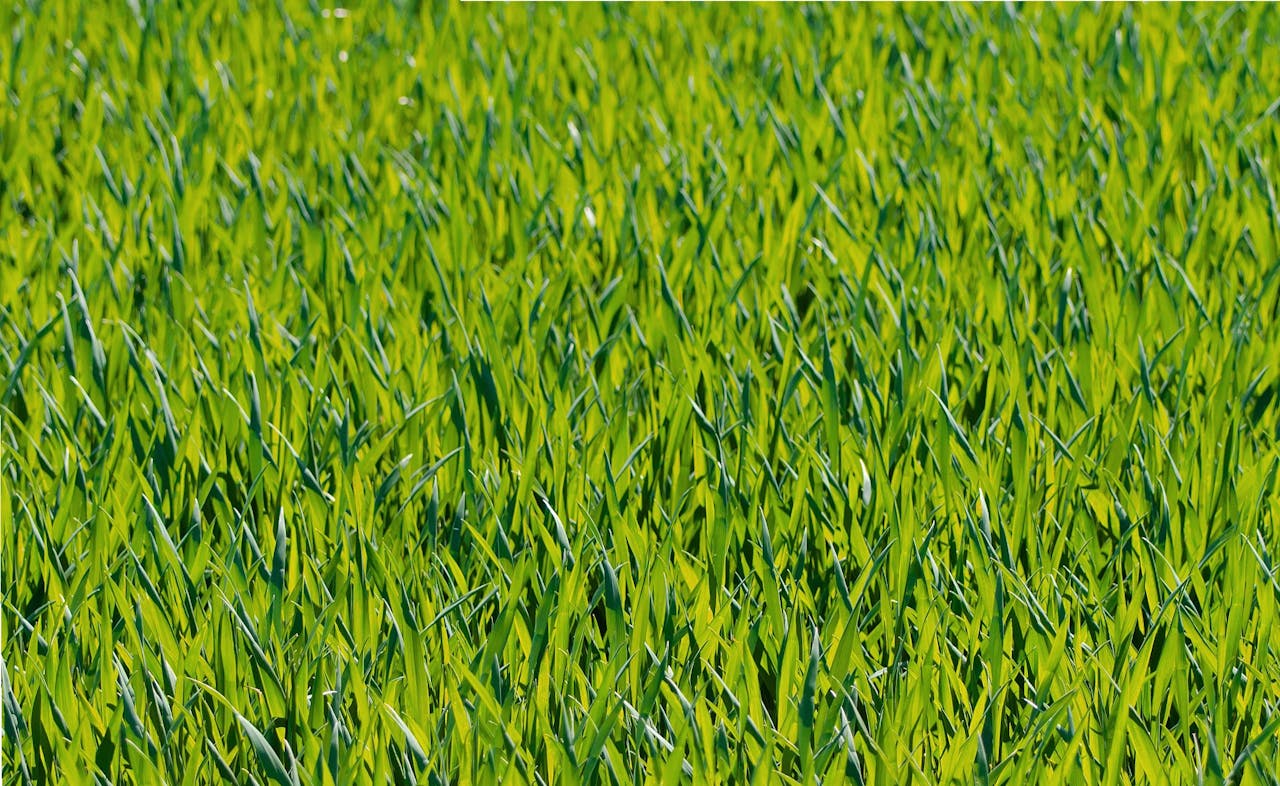
Understanding how much is good artificial grass is crucial for making an informed decision. The cost of artificial grass in Australia varies depending on the quality and thickness of the synthetic turf, as well as the complexity of the installation. On average, good-quality synthetic grass ranges from $40 to $75 per square meter for the material itself. This does not include installation costs, which can add up depending on the job’s complexity.
Higher-quality artificial grass generally offers better durability, a more realistic appearance, and greater resilience to wear and tear, which may justify the higher price. Additional costs may include site preparation, drainage solutions, and infill materials to maintain the grass’s appearance and functionality. Though the initial investment can be significant, the reduced maintenance costs and water savings can make artificial grass more cost-effective.
Conclusion: Is Synthetic Grass Good?

When considering whether artificial grass is right for you, it’s essential to weigh these environmental pros and cons against your specific needs and conditions. Factors like local climate, intended use, and personal lawn aesthetics and maintenance preferences should guide your decision.
Contact Alex Paving & Landscaping for professional advice and assistance if you’re considering artificial grass for your property. Our services can help you decide what best fits your landscaping needs.
FAQs: Understanding Artificial Grass and the Environment
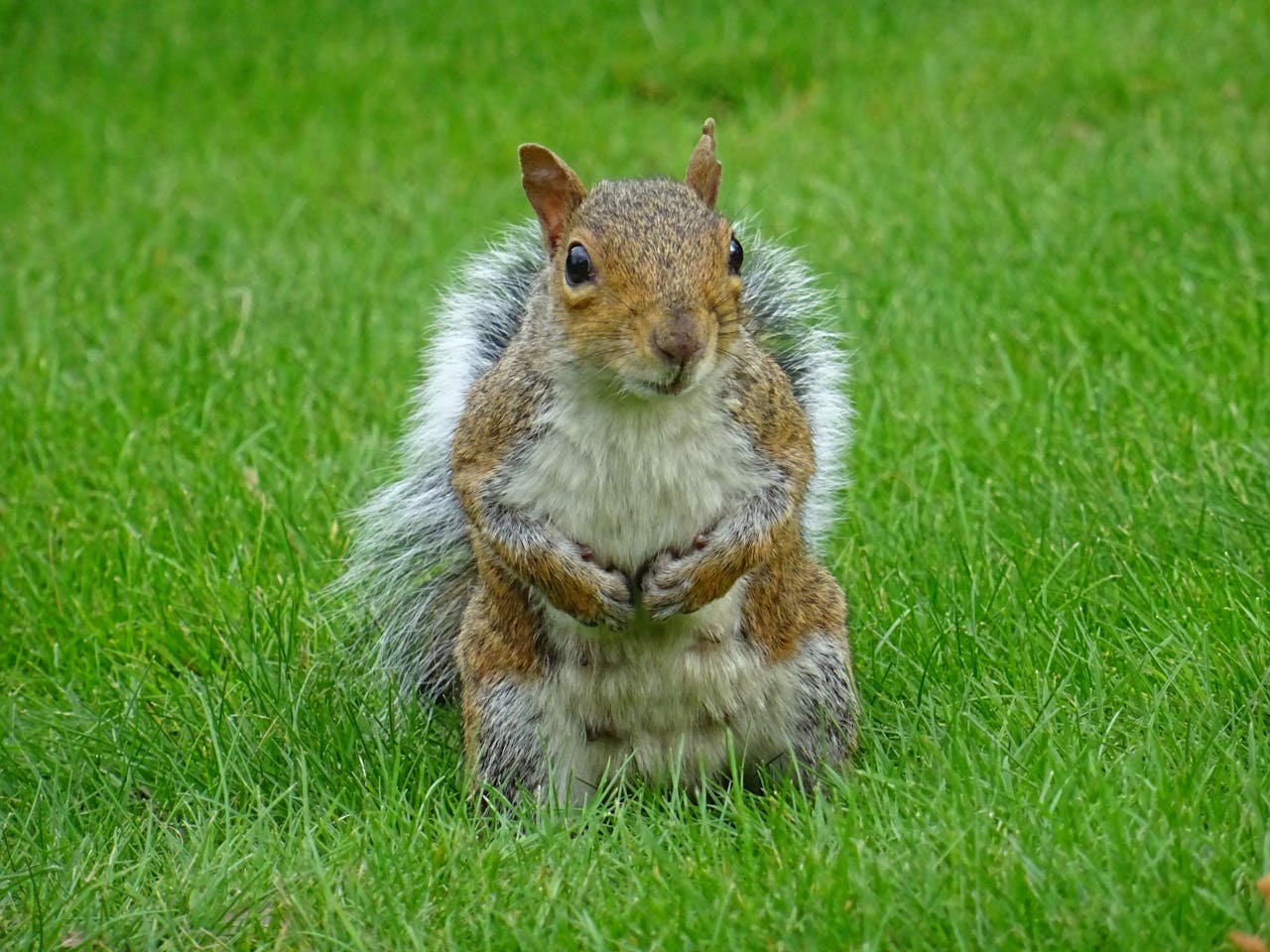
Is Artificial Grass Recyclable?
While artificial grass is not universally recyclable due to the materials used and the infill, some manufacturers are working towards more sustainable options, including recyclable components. Consumers interested in sustainable practices should seek brands offering recyclable or partially recyclable artificial turf.
Can Synthetic Grass Cause Environmental Damage?
Yes, synthetic grass can cause environmental damage in several ways. It is made from plastic and other materials that can leach chemicals significantly as they degrade under UV exposure. Additionally, because it doesn’t absorb water like natural grass, it can contribute to increased runoff, potentially leading to erosion and pollution in nearby waterways.
Is Artificial Grass More Affordable Than Natural Grass in the Long Term?
The affordability of artificial grass compared to natural grass depends on various factors. Synthetic grass requires a higher investment due to the cost of materials and installation. However, it can be more economical over time, eliminating ongoing expenses such as watering, mowing, and fertilising. In areas where water is expensive or scarce, the cost savings from reduced water use are significant, making artificial grass the more cost-effective choice in the long term.

